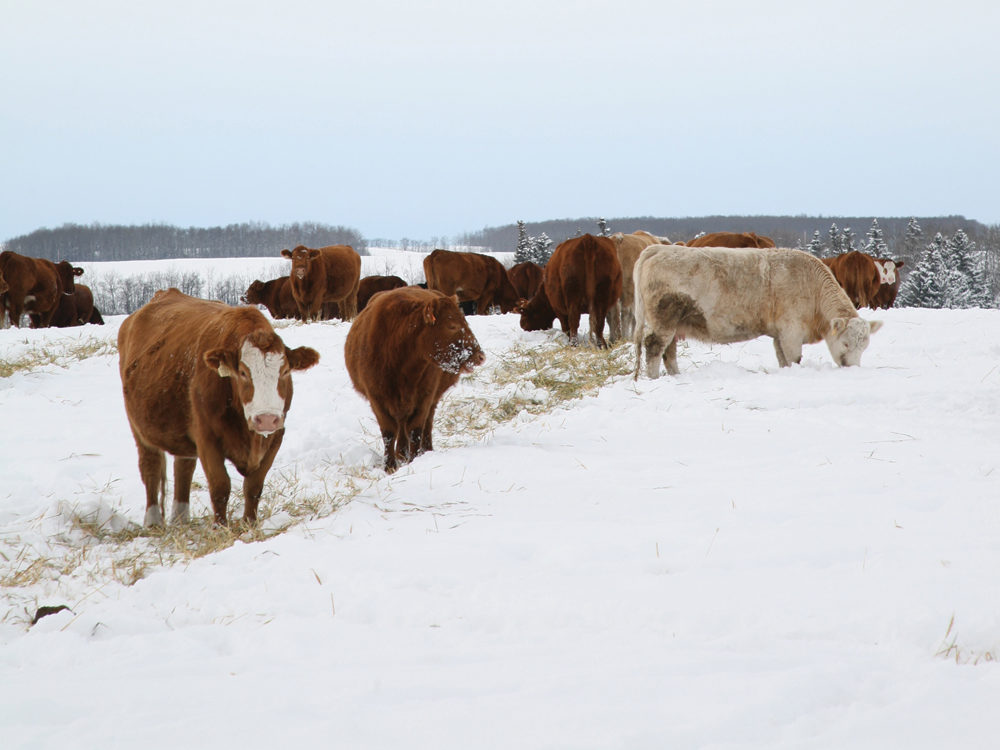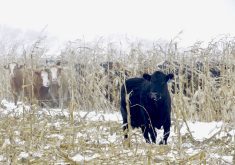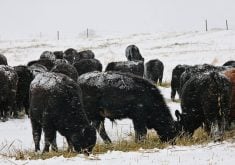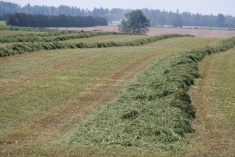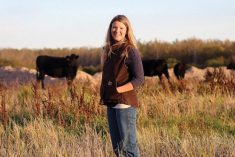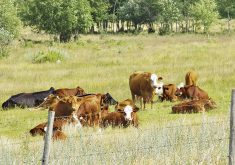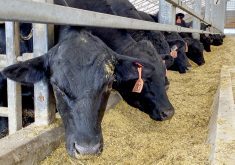Livestock producers have several months of winter ahead of them.
“It’s best to develop a strategy to get the most out of your feed supply at the start of feeding season, and it’s not too late,” said provincial beef extension specialist Andrea Hanson.
By testing the various feeds and knowing the nutritional values of each, producers can avoid future issues and know that they are feeding the right feeds at the right time. For every dollar winter feed costs are reduced, adds more than $2 to net returns.
Read Also

Horns aren’t unlocking anytime soon on livestock transport standards
Standards good enough meet the definition of “humane” animal transportation still vary widely between what what industry wants, what animal rights advocates want and, between the two, what federal regulators decide is good enough.
Many of Alberta’s commercial cow herds are now in their second trimester of pregnancy and a cow’s needs differ considerably in her first, second and third trimesters.
First trimester: If cows came off pasture with a body condition score of less than 3 on a scale of 5, they require more feed to stay warm through the winter and grow a healthy calf. Thinner cows would benefit from being sorted from the rest of the herd and fed separately, or perhaps with the first-calf heifers.
Second trimester: As long as the cows are in good condition, cows just need to maintain body weight.
“Crop residue or swath grazing are two great feed sources that can reduce the overall cost of feeding the herd,” said Hanson.
To fully use feed while keeping nutrition at a consistent level, limit grazing is recommended. If the herd is provided the entire area at once, the cows eat all the heads and finer matter first, leaving the stems and coarse material for later. This is counterproductive at a time when their nutrition needs are increasing.
When cattle are on a cereal-based diet (which is high in phosphorus), monitor their calcium/phosphorus ratio to ensure this remains optimum. Magnesium is typically deficient in cereal crops, increasing the risk of downer cows or winter tetany. Feeding a 3:1 mineral during this time may be necessary. The addition of limestone to a 1:1 or 2:1 mineral is recommended.
Third trimester: As a cow gets closer to calving, her requirements for calcium and magnesium increase due to the growing calf and the cow’s production of colostrum. Four to eight weeks before calving, the cow’s body begins to mobilize calcium and magnesium from her bones to develop the colostrum. As a cow ages, her ability to do this decreases and high-milking cows just require more calcium and magnesium in general.
“During the third trimester, producers should start to supplement the cow’s diet with an alfalfa/grass hay to bump the calcium content in the ration and provide more protein,” said Hanson. “Legumes are high in calcium so saving that alfalfa or alfalfa/grass hay for the last months of the third trimester and into lactation is a good idea.”
Monitoring the weather is also extremely important. Days of cold weather with no extra energy provided can decrease a cow’s body condition. A 1,350-pound cow at the end of her second trimester with a body condition score of 3.5 on swath grazing can eat free choice barley/oat greenfeed without any nutritional concerns in a daytime temperature of -10 C and a 10 km/h wind. When the daytime high is -40 C with the same wind, she needs an additional five pounds of barley to maintain her body weight.
“Producers need a strategy for their feed supply at the start of the year when they have more choices and can ensure that the right feeds are provided during the best time of the feeding season,” said Hanson.

